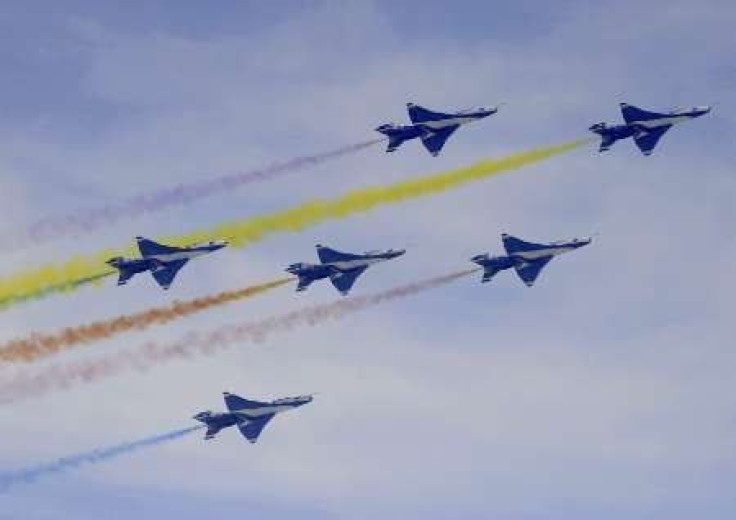Analyst View: China defense spending back to

China said on Friday its military spending for 2011 would rise 12.7 percent, resuming double-digit hikes that have stoked regional disquiet about Beijing's expanding strength.
Here are the views of some analysts on the increase:
DEAN CHENG, CHINA SECURITY EXPERT AT THE HERITAGE FOUNDATION IN WASHINGTON
It's widely accepted that these figures bear only a marginal relationship with the actual overall spending. Overall, it means the Chinese are saying we are going to re-up our defense budget, whatever the real numbers are.
They are probably the only military, and certainly the only major power's military, whose defense budget is growing by double digits.
For all that, this is not completely out of line. For the United States, for Japan, for India, for all of China's neighbors, this is a burgeoning force whose capabilities are going to start seriously challenging everybody's security calculations.
SHI YINHONG, INTERNATIONAL RELATIONS EXPERT, RENMIN UNIVERSITY
This increase is comparable to China's economic growth, so you cannot say that it is unbalanced. The investment will partly be used for developing advanced systems, but a large part will also be used for maintenance. Although China's military build-up is impressive, compared with the combined strength of U.S. forces and its allies, like Japan, it does not raise a threat to international peace.
ANDREW GILHOM, SENIOR NORTHEAST ASIA ANALYST, CONTROL RISKS, SHANGHAI
The key issue for the U.S. and its regional allies is not the gap in spending or overall capabilities, but the extent to which China could potentially threaten or constrain U.S. ability to use it's military dominance to help support its goals in the region. And in this sense the gap is indeed narrowing.
At least outside the very long-term, it's not trying to build a capability to rival U.S. global power projection, it's just trying to ensure that it becomes much more difficult and risky for the U.S. to operate and impose its dominance in what China considers it's backyard. A key part of that is extending its naval reach, and this has been clearly reflected not only in the hype surrounding development of an aircraft carrier but also in the (Chinese navy's) more robust posture in the South and East China Seas.
NARUSHIGE MICHISHITA, ASSOCIATE PROFESSOR, JAPAN'S NATIONAL GRADUATE INSTITUTE FOR POLICY STUDIES
The rising pace of growth in their defense budget can be seen as reflecting an intention to stick to their diplomatic policy backed by military strength.
A chunk of the U.S. defense budget goes to its operations in Afghanistan and Iraq, while China, which is not involved in overseas conflicts, is effectively spending money to build up its influence. The actual gap could be smaller than it appears.
MICHAEL MCKINLEY, INTERNATIONAL RELATIONS EXPERT, AUSTRALIA NATIONAL UNIVERSITY
The real spend can often be buried elsewhere or not be disclosed at all. These numbers need to be interrogated very closely.
RORY MEDCALF, AUSTRALIA'S LOWY INSTITUTE
What this budget figure suggests is that deep down, China's priorities haven't changed. The PLA is an important and powerful force in decision-making, and there is obviously a desire to signal to the Chinese public and Chinese nationalists that China is going to continue to get stronger. We could safely assume that if the Chinese are suggesting a $91 billion budget this year, the reality would be at least $120 billion, possibly more.
XU GUANGYU, RETIRED CHINESE MAJOR GENERAL, ATTACHED TO GOVERNMENT-RUN BODY
Xu said the resumption of double-digit growth reflected the inflationary pressures being felt by the PLA. This will be used to adjust wages. In the next two years the wages of some military personnel will have to rise relatively quickly, because inflation is quite high.
Xu said rising costs of raw materials and energy were flowing through to purchases of military equipment. Military equipment, uniforms and logistics so on are all feeling the pressure of price rises. That's the main factor here.
© Copyright Thomson Reuters 2024. All rights reserved.











